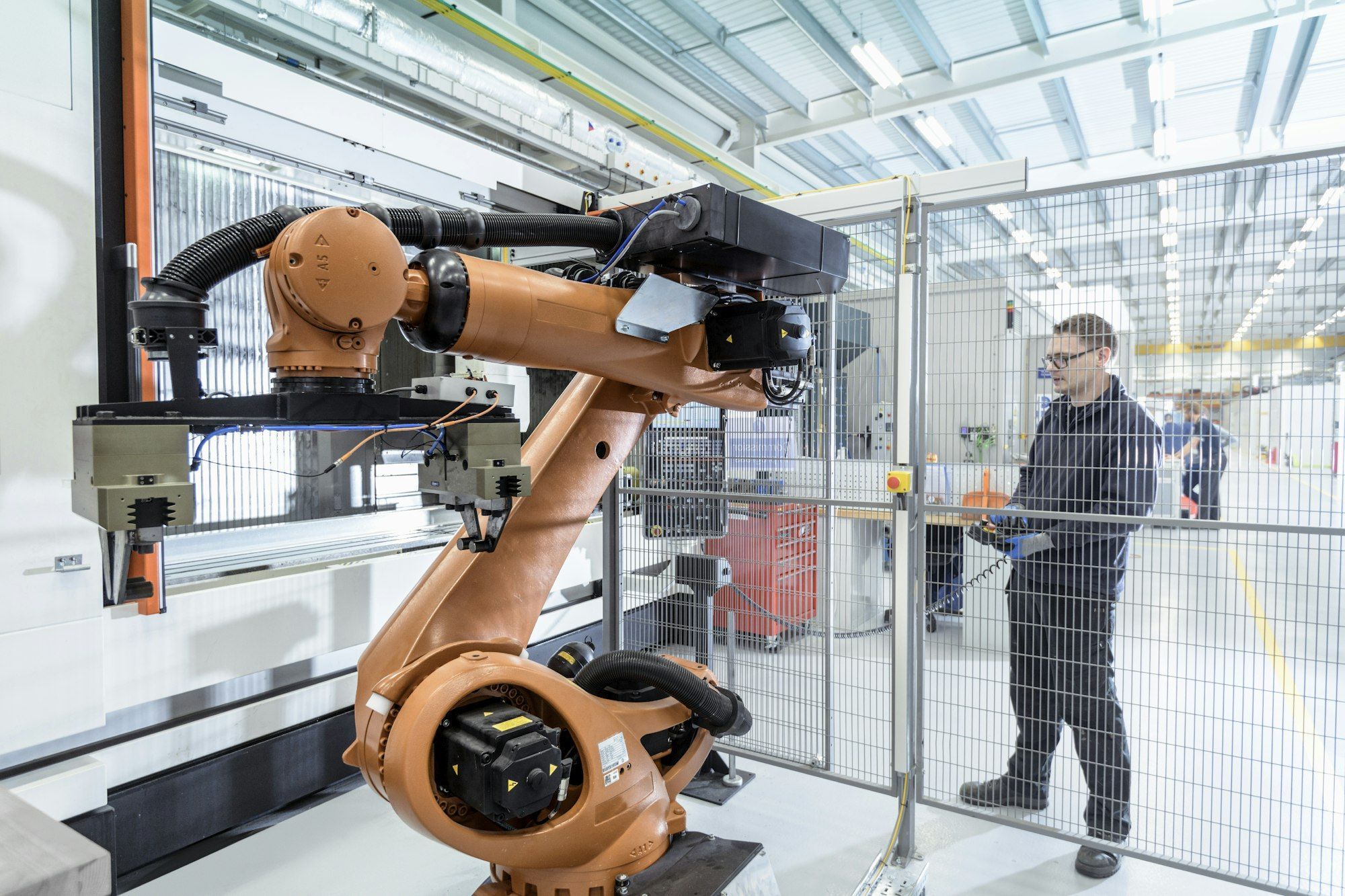In the realm of medical science, where every stitch matters, robotic surgery stands as a monumental breakthrough. It is a sphere where delicate human precision intersects with the unerring accuracy of machines. Across the globe, surgeons trust medical robotics in a range of procedures, from the least invasive to the most complex. This article explores the latest advancements in this field that UK surgeons can utilize specifically for gynecological operations.
The Emergence of Robotic Surgery
Robotic surgery, which largely represents the notion of remote control by surgeons, has evolved substantially since its inception. The technology sprouted from the fertile ground of minimally invasive surgery, such as laparoscopic procedures. Now, it presents a paradigm shift in how surgeons operate, promising higher precision, control, and flexibility.
Topic to read : What specific techniques should UK dietitians use to design renal-friendly diets for patients with kidney disease?
Google Scholar and PubMed host numerous studies attesting to the transformational impact of robotic surgery. As per a recent study in PMC, robotic assistance in surgery has shown to reduce complications, minimize hospital stays, and improve the overall patient experience.
One procedure that has benefited enormously from robotic surgery is the hysterectomy. It is a common surgical procedure for removing the uterus, often performed to treat uterine disorders. Previously, it was conducted via a large incision in the abdomen, resulting in significant blood loss and long recovery periods. However, the evolution of robotics has made it possible to carry out this procedure in a less invasive way, offering the patient a quicker and less painful recovery.
Also to read : How can UK veterinarians diagnose and treat exotic diseases in imported pets?
The Role of Robotics in Hysterectomies
Robotic-assisted hysterectomies are gaining traction among surgeons because of their numerous advantages. Firstly, the level of precision achievable with robotics is unparalleled. Surgeons can perform the procedure with minimal incisions, which results in less post-operative pain for the patient and a reduced risk of infection.
Secondly, robotic systems provide surgeons with a three-dimensional view of the surgical site, as compared to the traditional two-dimensional view from laparoscopic surgery. This allows for a more detailed view of the anatomy, ensuring a safer and more effective operation.
Moreover, robotic arms can rotate in ways that the human hand cannot, allowing surgeons to navigate challenging anatomical areas. This has a profound impact on the execution of complex procedures, enabling surgeons to undertake operations that were previously too risky or technically challenging.
Expanding Horizons in Robotic Surgery
While robotic-assisted hysterectomies have revolutionized gynecological surgery, the horizon of robotic surgery is ever-expanding. New advancements in this field promise to further enhance the capabilities of surgeons and improve patient outcomes.
One such development is the advent of single-port robotic surgery. This innovative technique enables surgeons to perform complex surgical procedures through a single, small incision. The single-port approach reduces the potential for complications and accelerates patient recovery.
Another burgeoning area in robotic surgery is the use of artificial intelligence (AI). AI can analyze vast amounts of data and provide real-time guidance to surgeons during operations. By integrating AI with robotic systems, surgeons can make more informed decisions and navigate surgical procedures with greater confidence and precision.
The Future of Gynecological Surgery in the UK
Driven by these technological advancements, the UK is poised to realize the immense potentials of robotic surgery in gynecological operations. However, the adoption of this technology is not without challenges. Cost is a major hurdle, as robotic systems are expensive to acquire and maintain. Furthermore, surgeons need extensive training to proficiently use these systems.
Despite these hurdles, the benefits of robotic surgery are undeniable. As more hospitals in the UK invest in this technology and more surgeons become adept at using it, the landscape of gynecological surgery in the UK is set to transform. This will translate into better patient care and improved surgical outcomes.
In the end, the course of progress is clear – robotic surgery is the future of medicine. As we embrace this future, we must ensure that the adoption of these technologies is patient-centered, with a focus on improving patient outcomes and enhancing the quality of care. Let’s continue to advance the frontiers of medical science and harness the full potentials of robotic surgery for gynecological operations in the UK.
The Impact of Robotic Surgery on Cancer Treatment
The application of robotic surgery extends beyond hysterectomies to more complex procedures, including the treatment of gynecological cancers like uterine and cervical cancer. As the second most common cancer in women, cervical cancer staging can be challenging when relying on traditional surgery methods. However, the advent of robotic surgery promises an era of precision medicine with improved patient outcomes.
In this context, the robotic system plays a pivotal role in the cancer staging process, where the extent of cancer spread is determined. These precise robots can navigate the complex anatomy of the female reproductive system, providing surgeons with unprecedented access to cancerous areas. For instance, robot-assisted lymph node dissection can be performed with greater precision and less blood loss, significantly improving the accuracy of staging and prognosis.
In addition to staging, robotic surgery has transformed the treatment of gynecological cancers. According to a meta-analysis hosted on PubMed and Google Scholar, robot-assisted surgery for cervical and uterine cancer has shown promising results. It suggests less blood loss, shorter hospital stay, and fewer complications as compared to traditional open surgery. Furthermore, patients undergoing robotic surgery experience a faster return to normal activities, an aspect that is crucial for cancer patients who are typically subjected to rigorous treatment regimens.
Nevertheless, the shift towards robotic surgery in gynecological oncology is not without its challenges. There is a substantial learning curve associated with these advanced machines, requiring surgeons to undergo intensive training. Also, the high costs associated with acquiring and maintaining these systems can be prohibitive for some hospitals.
Conclusion: Turning Challenges into Opportunities
The future of gynecological surgery in the UK is undoubtedly intertwined with the continued advancement of robotic surgery. The capabilities of this technology are vast, from conducting minimally invasive procedures to aiding in cancer staging and treatment. However, the road to widespread adoption is fraught with challenges, particularly in terms of cost and the learning curve for surgeons.
While the initial investment may be substantial, the long-term benefits of robotic surgery, such as improved patient outcomes, minimized blood loss, and shorter hospital stays, make a compelling case for its adoption. Investment in training for surgeons will also be instrumental in enabling them to leverage the full potential of this technology.
Moreover, the combination of robotic surgery with other emerging technologies, like artificial intelligence, offers fascinating prospects. AI’s ability to analyze large volumes of data and provide real-time guidance can further enhance surgical precision and patient outcomes.
In conclusion, the evolution of robotic surgery is an exciting chapter in the history of medicine. It offers unprecedented opportunities to improve gynecological procedures and patient care in the UK. As we advance towards this promising future, we must navigate the challenges with foresight and agility, turning them into opportunities for growth and development in our healthcare system. The focus should remain on harnessing this innovation to serve the ultimate goal – improving patient outcomes and enhancing the quality of care.











